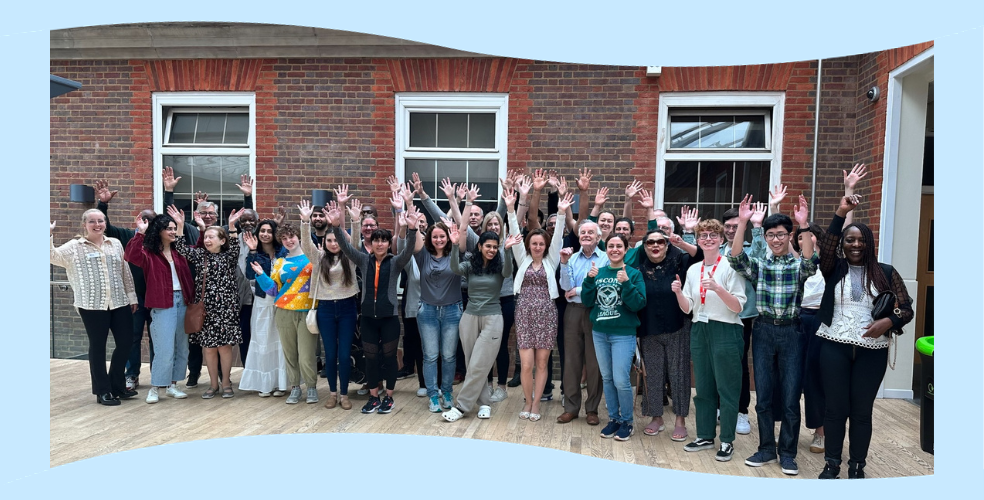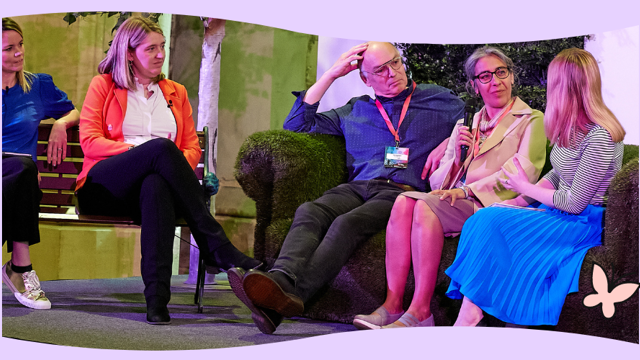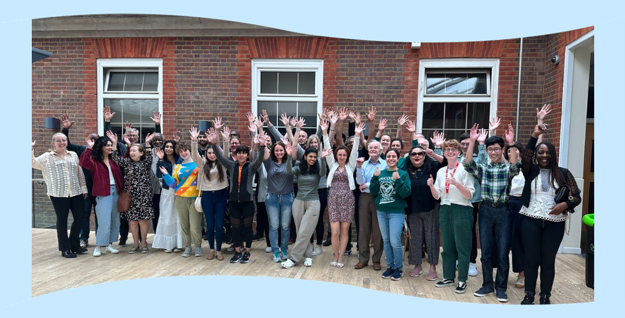Citizens’ assemblies are becoming increasingly popular in the public and third sectors when it comes to forming policies and decision making.
These groups are formed when members of the public are randomly selected, though still representative of a certain population, to learn about, deliberate and decide on an issue. What makes them such powerful and innovative tools is that they provide organisations with a way to engage with stakeholders and ensure that policies meet their needs. People have the opportunity to share experiences, opinions and proposed solutions with policymakers, ensuring everyone has the opportunity to shape decisions in their area.
In recent years, they have proven to be central to shaping important policies around the world, including abortion and gender equality in Ireland, climate change in France and housing in Belgium. In the UK, addressing the climate emergency has been where Citizens’ Assemblies have been making an impact. From the UK Climate Assembly to the Westminster Citizens’ Climate Assembly, there is a strong understanding of the importance of centering individual experiences and community at the heart of climate action.
TPXimpact has had the pleasure of supporting these important initiatives. Recently, we have been working with Barnet Council for almost a year to help deliver their Citizens’ Assembly and Young People’s Assembly on the climate emergency. To understand the Council’s mission to achieve net zero by 2042 and their approach, we spoke with Ellen Jennings - Senior Workstream Coordinator at Barnet Council’s sustainability team.
Why a citizens’ assembly?
Just like any other project, a citizens’ assembly needs to have a solid foundation. It must be based on long-term reasons and motivations that can feed into a vision for the Assembly members and, by extension, the larger community. Ellen explains how holding this deliberative process was a key objective for the council and why the decision to create a citizens’ assembly was made:
"The new administration was keen to bring community participation into what we do as a Council, as well as putting sustainability front and centre. At the same time, we in the sustainability team were developing our own climate strategy. This had been primarily staff-led in its initial phases, so once we had an idea of what we wanted to achieve, community involvement and buy-in became the next objective."
"Bringing the people of Barnet we all believed was key to understanding how to deliver climate action initiatives and mobilise the borough as a whole. And we decided the best way to do this was through a citizens’ assembly."
The actual experience
So within this context, Barnet Council chose to work with TPXimpact to design and deliver the assemblies. On why she and the council chose us, Ellen says:
"We liked the flexible and creative approach you had in your bid - it wasn’t like ‘here is a set formula for doing a Citizens’ Assembly’. It was very much co-designed with us and we really liked that."
The co-design element to the project was an important aspect throughout, from working with the council through to delivering the assemblies. For example, the Young People’s Assembly had a smaller co-design group that met before and after the assembly to find ways to make the sessions work for the young participants.
As Ellen adds, the TPXimpact team focused our efforts on building partnerships with the team at Barnet leaving them ownership of the project while making them feel supported from start to finish. This was achieved through planning workshops, topical presentations and other ways to ensure everyone was involved and progressing together.
As mentioned, one of the benefits of deliberative processes is giving people from different backgrounds the opportunity to come together, discuss and come up with possible solutions. How citizens really get behind and engage in these events can be surprising for commissioners like Ellen, especially as there are not many spaces when this happens:
"It was surprising to see how measured the conversations were. Seeing people understand the nuance of these issues and without being pessimistic, they understood the real challenges of delivering these things positive change."
Ultimately, the assemblies were a success with positive participant feedback and ongoing commitment from attendees to stay engaged. For instance, some attended the Our Plan for Barnet: Partner’s Conference where they shared their experiences and called different stakeholders to action:
"Their motivation has allowed us to tell their stories and this has proven that community participation is the right way to go about it which will be important for the next steps."
Outcomes and hopes
Though the assemblies have now been delivered, implementing the recommendations will be the next important step. This stage is key to demonstrating how the council has listened to the community and is meeting their needs.
We're excited to continue our work with Barnet, building on the wave of positive action and successes. It's evident in Ellen’s words that community participation has been taking centre stage in her team’s practices and culture:
"When it comes to supporting residents to make different choices,, this project reinforced the importance of making sure we are doing it in collaboration, the importance of co-production and moving away from the traditional consultation way of speaking to residents."
On this point, Ellen believes it is also important that they learn lessons to improve their practices and approaches, including:
- time and resourcing to deliver the process
- importance of the assembly question and purpose
- what comes after the assembly
These elements and a focus on the participant experience will ensure that an assembly is a success. At the same time, Ellen stressed the importance of considering the cultural impact a process such as this one could have in one’s community by building on strengths, momentum and opportunities that might already be happening locally at different levels. This can help the long-term ambitions of community engagement and participation, ensuring that it’s meaningful and sustainable:
"It can be powerful to build these relationships so when you are on the other side trying to deliver on the Assembly's recommendations, they are going to be more keen to work with you and feel passionate about being involved in the next phase. And finally, what comes next is way more important than the process itself, which is hard to imagine when you are in it but it is key that it's been thought about the whole way."

Putting citizens’ assemblies at the heart of climate action
Discover how we worked with Barnet Council to empower its community to tackle the climate emergency
Read moreOur recent insights
Transformation is for everyone. We love sharing our thoughts, approaches, learning and research all gained from the work we do.

Bringing community power to life
Our Community & Political Engagement Director, Claire Hazelgrove, shares her experiences from Stronger Things
Read more
Championing community power at Stronger Things 2022
We’re pleased to showcase the benefits of community engagement as headline sponsor of this year’s New Local event.
Read more
Transitioning to councils as a platform for community action
Learnings from our discussion with senior leaders on engaging and empowering communities.
Read more

